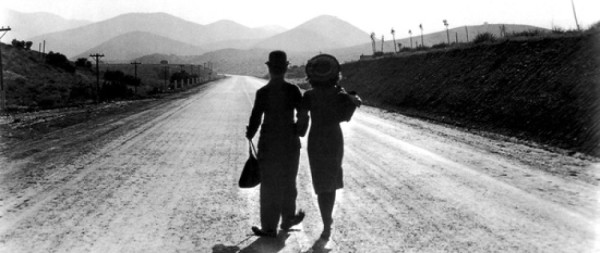Fail-Safe
Directed by Sidney Lumet
Written by Walter Bernstein from a novel by Eugene Burdick and Harvey Wheeler
1964/USA
Columbia Pictures Incorporated
First viewing/Netflix rental
[box] Brigadier General Warren A. Black: We’ve got no alternative! This minute the Russians are watching their boards, trying to figure out what we’re up to. If we can’t convince them it’s an accident we’re trying to correct by any means, we’re going to have something on our hands that nobody bargained for, and only a lunatic wants![/box]
Something must have been in the water in 1964. The public got not one but two apocalyptic thrillers. Dr. Strangelove would earn the laurels but this somber take on the same subject is well worth seeing.
A group of heavy-hitters has gathered in Washington to discuss strategy in the event of nuclear war. The issue for discussion is whether limited nuclear war is possible. A real-life event out of central command in Nebraska looks to make a hypothetical scenario reality. Due to a computer glitch, a squadron of bombers is sent beyond its fail-safe point and into Soviet airspace.
Level upon level of security makes it virtually possible to recall the bombers. So the President (Henry Fonda) must convince his counterpart that the whole situation is an accident and the U.S. is willing to cooperate to bring its own bombers down. Needless to say there are hawks in the Pentagon who disagree with this tactic. With Walter Matthau as a Strangelove-like consultant and Larry Hagman as a translator.
The script is perhaps a bit preachy but Fonda keeps it grounded. The spare black-and-white cinematography and the ambient noise “score” works perfectly. Recommended.






